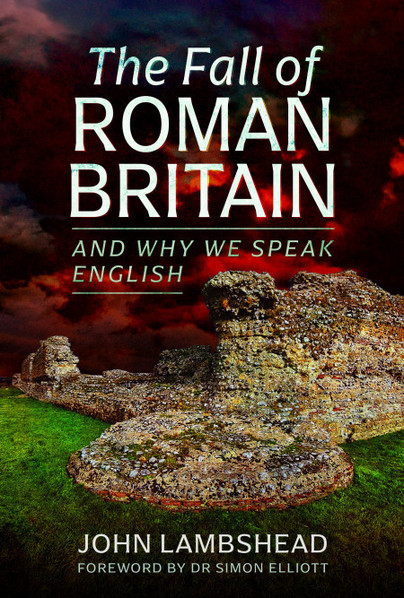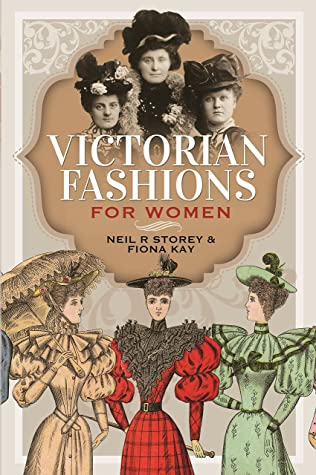
Published: August 9, 2016 by Plume
ISBN: 9780147517609 (ISBN10: 0147517605)
Language: English
Description
From a former editor at the popular humour site Cracked.com and one of the writers of the bestselling You Might Be a Zombie and The De-Textbook, a rollicking look at vice throughout history, complete with instructions for re-creating debauchery at home.
Part history lesson, part how-to guide, A Brief History of Vice includes interviews with experts and original experimentation to bring readers a history of some of humanity’s most prominent vices, along with explanations for how each of them helped humans rise to the top of the food chain. Evans connects the dots between coffee and its Islamic origins, the drug ephedra and Mormons, music and Stonehenge, and much more. Chapters also include step-by-step guides for re-creating prehistoric debauchery in your modern life based on Evans’s first-hand fieldwork. Readers won’t just learn about the beer that destroyed South America’s first empire; they’ll learn how to make it.
My Review
I really enjoy Robert Evans’ podcast ‘Behind The Bastards’ and thought I’d give this book a read, just for amusement. Apparently he spent the money he was paid for this book on living in a ridiculously big house for a year and almost became homeless. Dafty.
Doing daft things for education and entertainment seems to be Evans’ motivation for a lot of things in life, although he is also a decent conflict zone reporter. This book was written while he was still at Cracked.com, and before he started his podcast. It is a mixture of science, history, anthropology and self-experimentation with a variety of historical intoxicants, from Sumerian early beer, hallucinogens from ancient Greece, nose pipes from Mesoamerica, and the ways tobacco has been used for healing, including as a purgative. I’m surprised only one person ended up in hospital.
The book was entertainingly written and honest about the effects of the various substances tried. I’m not sure the thesis, that ‘bad behaviour’ made civilisation, is substantiated, but it’s an interesting trip through the ancient world, from a very different perspective.








